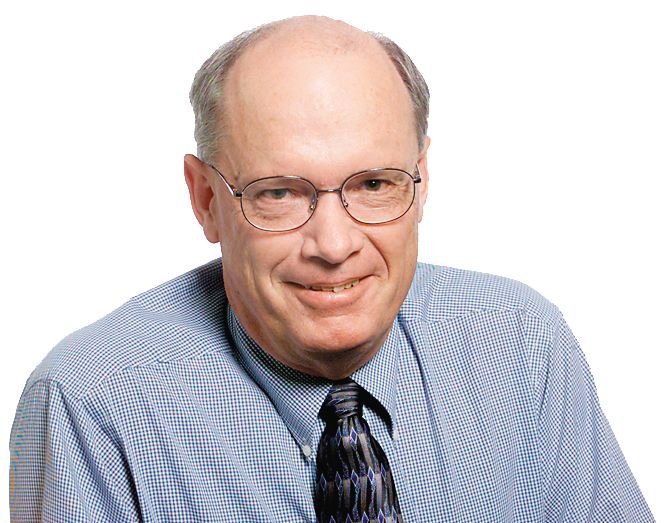Last Thursday brought yet another carnival in the democratic process as Tea Partiers nationwide gathered to (1) “take our country back” — to what? some of us wondered — and (2) denounce the behavior of any liberal infiltrators as — get this — beneath the dignity of a Tea Party rally.
Whether you admire the Tea Partiers as true patriots or find their antics as comical as a demolition derby, you might be worrying about the partisan divide that’s growing in America today. Relax, I say. We aren’t the first Americans to scream at and threaten each other. By standards of the 1800s, we’re a bunch of pansies when it comes to political brawling, interruptive yelling and other forms of barbaric discourse.
Relax, also, because in our state one antidote to all this rancor waits just around the corner, on Aug. 17 to be exact, the date of our next top two primary. Unlike most states that have party primaries (nominating processes for the major parties), ours is a wide-open winnowing process that throws all candidates before all voters, with the top two vote-getters advancing.
The superiority of this system is based on the principle that there is never — ever — anything wrong with the top vote-getter winning an election, nor is there anything wrong with the top two vote-getters advancing from a top two primary to a general election. It is the absence of this virtuous principle that makes the Electoral College so nefarious. Our presidential election system harbors the sinister and un-American ability to declare a leading vote-getter to be a loser. (Ask Al Gore about 2000.) There’s also the potentially dangerous interference of a third candidate. (Ask George H.W. Bush about Ross Perot squeezing him out of a second term and helping rascal Bill Clinton win with 43 percent of the votes in 1992. That won’t happen after any top two primary because, well, it ain’t a top three primary.)



